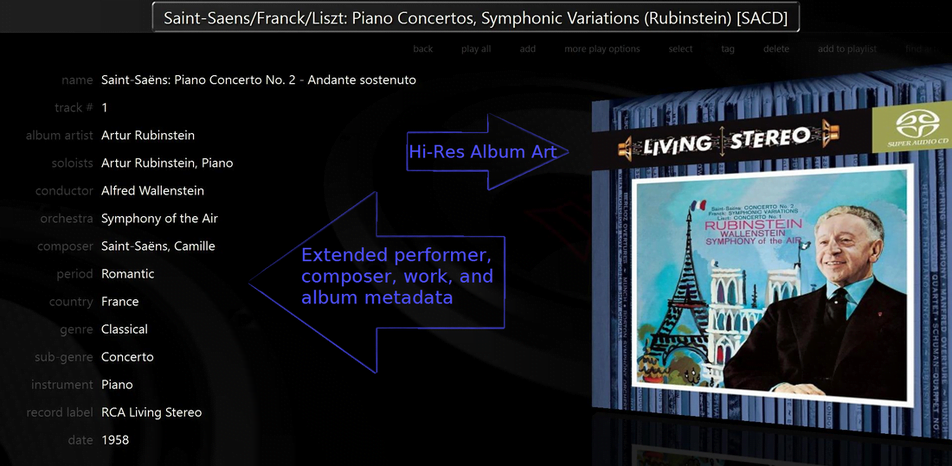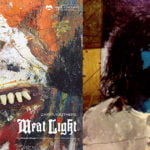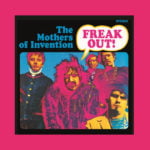It’s the time of year for saving money!
Digital music has been available since the early 1980’s. Since its inception digital music files have been commercially available in a multiplicity of physical formats from mini-discs, CDs, DVD-As, SACDs, thumb drives, micro SD cards, and even Beta and VHS tape. Some physical formats are relatively easy to transform into digital files, such as CDs, while others, such as SACDs and DVD-As are not so easy for the average music consumer to migrate over into a usable file format. Obviously, that is a problem, especially if your music collection contains some SACDs and DVD-As that you can’t find in other formats.
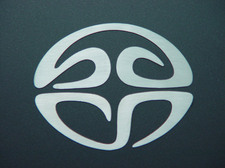 Wouldn’t it be nice if there was a company that specialized in transferring physical digital media into usable and easily movable files? Well, there is, it is called Golden Ear Digital. Located in Denver, CO, Golden Ear specializes in extracting DSD files from SACD recordings so they can be played on any DSD-capable DAC. Owned and operated by a young man by the name of Ari Margolis, who not only has been involved in high-performance audio as a consultant, but also has a degree in music history and theory. This additional expertise is especially useful when it comes to the classical music repertoire. Unlike pop music, where Gracenote can supply the most pertinent meta-data, classical music is not well-served by that particular database. Because of Margolis’ background and resources he can add the meta-data that is usually not available, making searches far easier.
Wouldn’t it be nice if there was a company that specialized in transferring physical digital media into usable and easily movable files? Well, there is, it is called Golden Ear Digital. Located in Denver, CO, Golden Ear specializes in extracting DSD files from SACD recordings so they can be played on any DSD-capable DAC. Owned and operated by a young man by the name of Ari Margolis, who not only has been involved in high-performance audio as a consultant, but also has a degree in music history and theory. This additional expertise is especially useful when it comes to the classical music repertoire. Unlike pop music, where Gracenote can supply the most pertinent meta-data, classical music is not well-served by that particular database. Because of Margolis’ background and resources he can add the meta-data that is usually not available, making searches far easier.
The Golden Ear Digital process, from the customer’s point of view is simple. You contact GED, and send in your discs along with a hard drive or other storage media you want your extracted files to go (GED can supply mailing/shipping materials). Once GED receives the discs they contact the customer with a complete count of what they received and an invoice, which can be paid via Paypal or credit card. After payment the transfer process takes less than three weeks for large collections, and as little as a week for smaller ones. Upon completion the customer gets their discs and converted files returned to them.
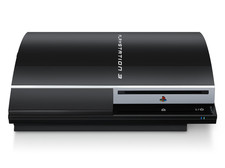 As to what format SACD and DVD-A files are converted into, that is the customer’s option. SACDs are transferred into DSF format so that meta-data can be added and additional formats can be provided for a small flat fee. PCM files can also be generated from SACDs, and every transfer includes an additional 44.1/16 Redbook version.
As to what format SACD and DVD-A files are converted into, that is the customer’s option. SACDs are transferred into DSF format so that meta-data can be added and additional formats can be provided for a small flat fee. PCM files can also be generated from SACDs, and every transfer includes an additional 44.1/16 Redbook version.
The transfer process itself employs early-generation PlayStation 3 units which have the original firmware and SACD-reading disc drive. The PlayStation creates an ISO file which can then be divided into individual tracks, at which point meta-data can be added. This process is not unique as many hobbyists have been using a similar methodology for some time. The difference between GED and a homebrew solution is two-fold – GED can include more precise meta-data (including which version of a particular SACD or DVD-A) and of course it saves you the hassle of finding, setting up, and running a conversion process yourself. Now, some DIY’ers would object to paying for something that you can, in theory (it’s harder to find the original PS3 that hasn’t had a firmware update), do yourself. But for anyone with a sizable collection of SACDs who has things like a job, family obligations, other hobbies to occupy their time, GED offers a solution to the vexing problem of having some great music but with limited options for playback. Regarding the legalities of this format migration – you do need to retain the original physical copies. If you sell or dispose of the originals, you will no longer have the rights to use the digital copies. GED has a form that you will need to sign that states that you are aware of and will abide by these restrictions.
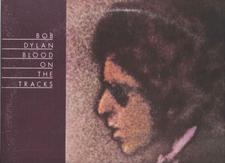 I asked GED to furnish me with a couple of samples of their work. We decided on two SACD discs that I have in my collection; Dylan’s Blood on the Tracks and Mike Marshall’s Gator Strut. I compared my copies of the original SACD played by an Oppo BDP-93 NuForce Extreme Edition with GED’s DSF files played through a Mac Mini connected to a PS Audio DSD Jr DAC via USB. I was surprised to find that I preferred the DEG transferred files to my original copies. They had a slightly lower noise floor and a larger, more dimensional soundstage. That is not to say that the DSF files were “better” than the originals, merely that the PS Audio proved to be a superior playback device compared to the five-year-old modified Oppo.
I asked GED to furnish me with a couple of samples of their work. We decided on two SACD discs that I have in my collection; Dylan’s Blood on the Tracks and Mike Marshall’s Gator Strut. I compared my copies of the original SACD played by an Oppo BDP-93 NuForce Extreme Edition with GED’s DSF files played through a Mac Mini connected to a PS Audio DSD Jr DAC via USB. I was surprised to find that I preferred the DEG transferred files to my original copies. They had a slightly lower noise floor and a larger, more dimensional soundstage. That is not to say that the DSF files were “better” than the originals, merely that the PS Audio proved to be a superior playback device compared to the five-year-old modified Oppo.
So there you have it. If you have a bunch of SACDs sitting on your shelf that you would like to incorporate into your digital library and lack the time or inclination to DIY it, Golden Ear Digital offers a reasonably-priced and convenient method of achieving that goal.
